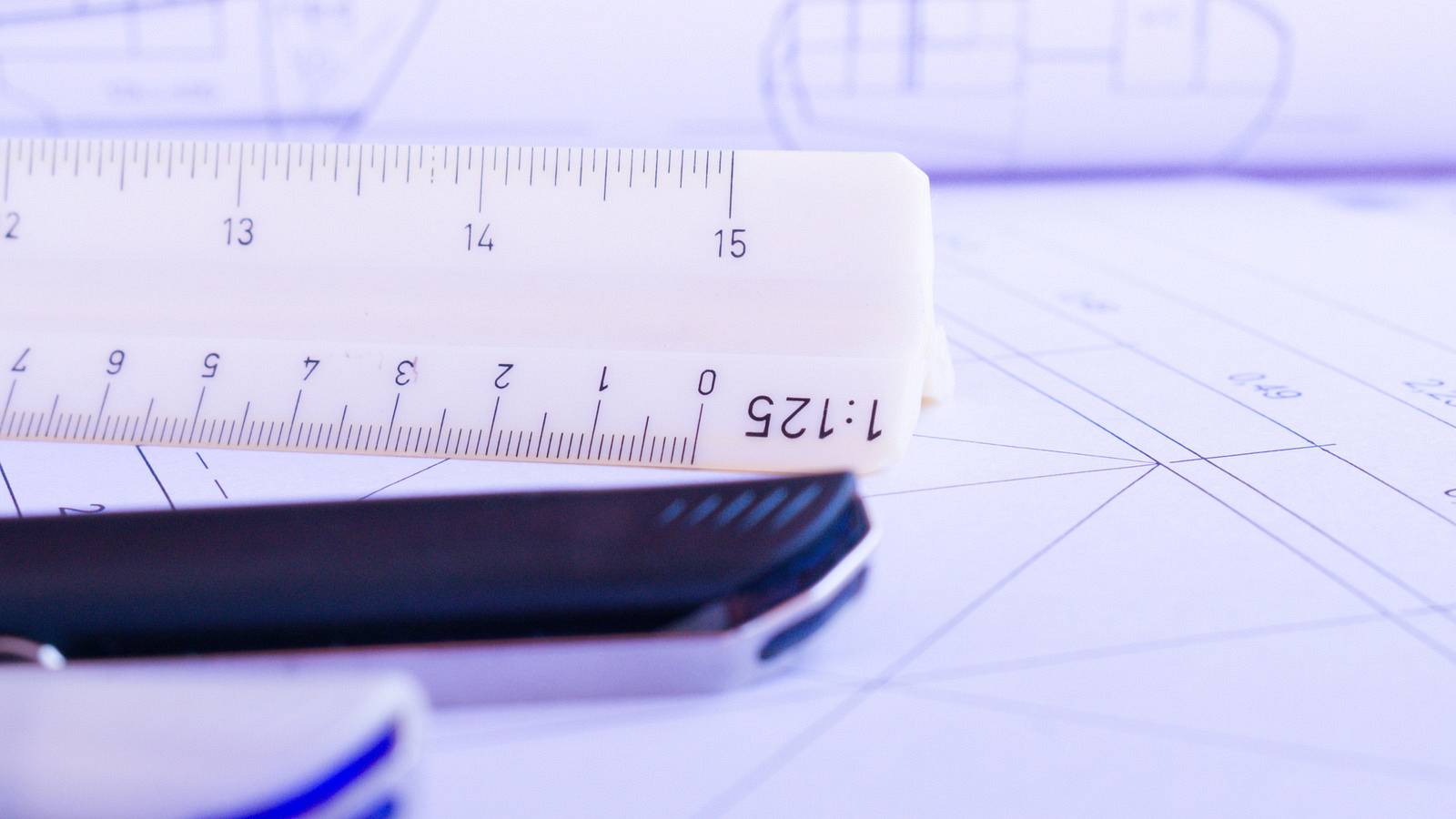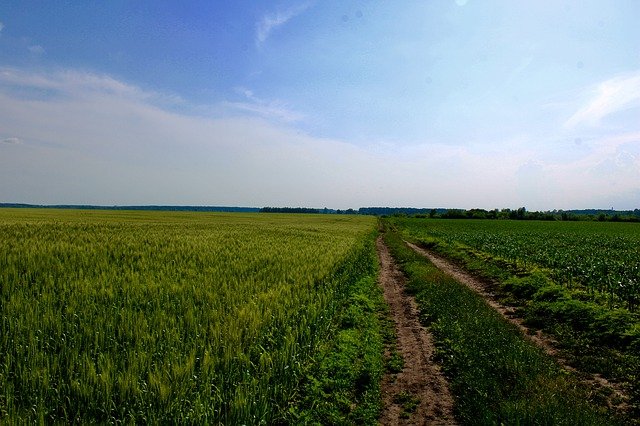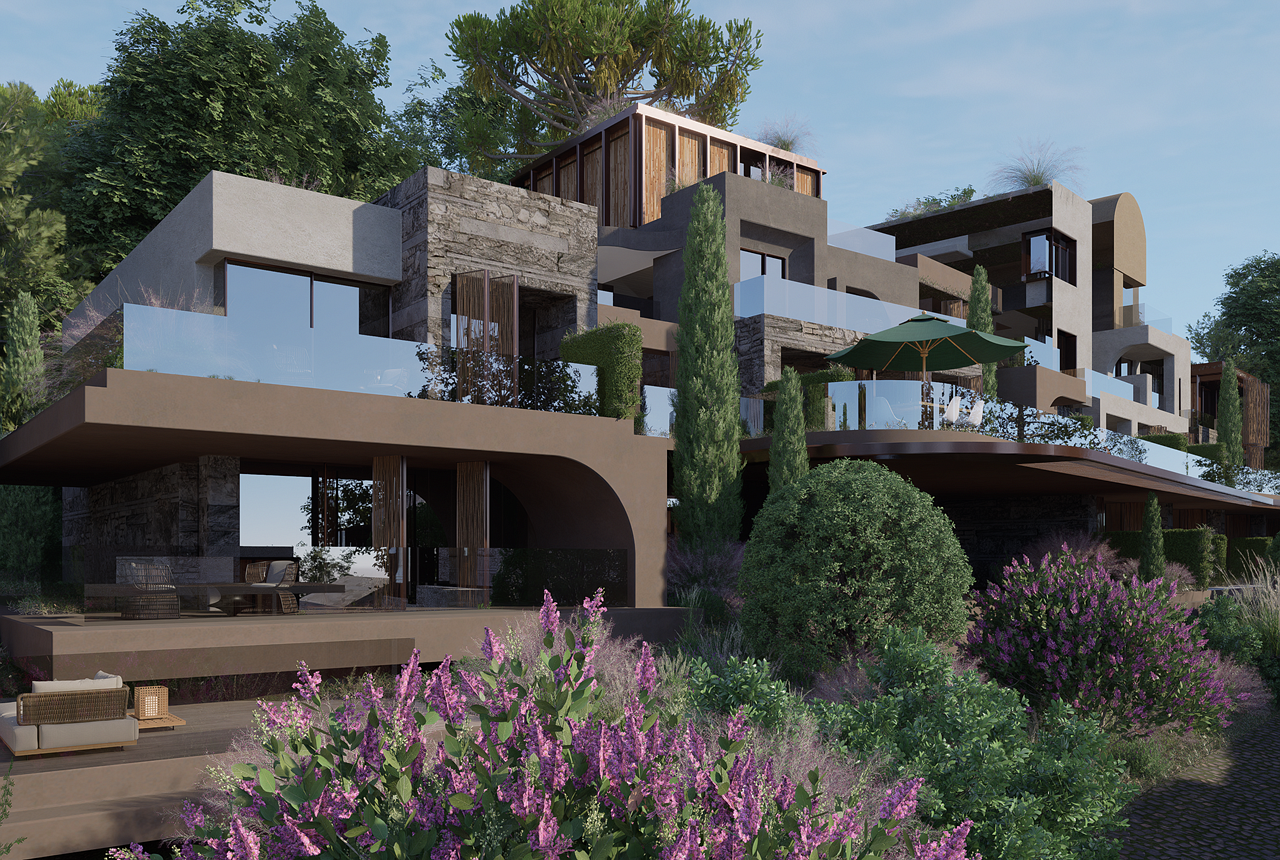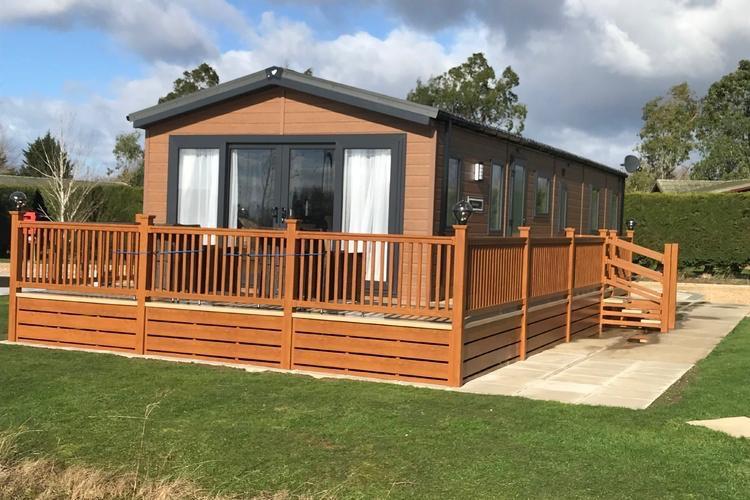Understanding how to convert square feet into other area units is a valuable skill in many real-life situations, from home improvement projects to international real estate comparisons. Whether you’re dealing with metric or imperial systems, knowing the right formulas and conversion factors saves time and ensures accuracy.
In this guide, we’ll break down how to convert square feet into square meters, square yards, and more. You’ll also find helpful examples, tools, and answers to common questions. If you’ve ever been confused by area measurements, this article will help you master conversions with confidence and ease—starting with just one square foot.
1. Why It Matters
Area conversion is essential in real estate, construction, landscaping, and interior design. Working between systems—like imperial (square feet, square yards, acres) and metric (square meters, hectares)—helps you compare, plan, and communicate accurately.
2. The Basics: Square Feet ↔ Square Meters
- 1 ft² = 0.092903 m²
1 m² = 10.7639 ft²
Need a quick metric conversion? Check out Square Feet to Square Meter for easy, reliable figures.
3. Square Feet ↔ Square Yards
Since 1 yard = 3 feet, squaring that gives:
1 yd² = 9 ft² → so to convert:
yd2=ft29,ft2=yd2×9 \text{yd}^2 = \frac{\text{ft}^2}{9},\quad \text{ft}^2 = \text{yd}^2 \times 9yd2=9ft2,ft2=yd2×9
For a handy tool to automate this, try Square Feet to Square Yard.
4. Other Common Conversions
Here’s a snapshot of other common conversions:
From ft²
To…
Factor
ft² → in²
× 144
ft² → yd²
÷ 9
ft² → acre
× 0.000022956
ft² → mi²
× 3.587×10⁻⁸
ft² → m²
× 0.092903
ft² → cm²
× 929.03
ft² → mm²
× 92 903
5. How to Convert: Step‑By‑Step Approach
Pick the right conversion factor (e.g., 0.092903 to go ft² → m²).
Multiply the area by it if moving from a smaller unit to a larger one, or divide when moving from larger to smaller.
Watch your decimal places — use more precision for large areas, and round for everyday needs
6. Why Squaring the Factor Is Key
When converting area, you must square the linear conversion ratio.
E.g., 1 m = 3.281 ft → 1 m² = (3.281)² ft² ≈ 10.765 ft²
? Practical Examples
Room size: 200 ft² to m² → 200 × 0.092903 ≈ 18.58 m²
Deck size: 45 ft² to yd² → 45 ÷ 9 = 5 yd²
FAQs
Q: How do I consistently convert between area units?
A: Use the basic formula:
Target area=Source area×target unit² per source unit²1\text{Target area} = \text{Source area} \times \frac{\text{target unit² per source unit²}}{1}Target area=Source area×1target unit² per source unit²
Multiply or divide by the squared linear conversion factor—easy once you memorise 0.092903 m² per ft² or 1 ft² per 0.092903 m².
Q: Can I convert acres, square miles, hectares quickly?
A: Absolutely—keep these in mind:
Q: Why use different area units?
A: Regional convention and scale. Small spaces—use ft² or m². Vast land—use acres, hectares, or square miles. Conversion helps you match local norms and standards.
Q: What about irregular shapes?
A: Divide the shape into squares/rectangles, calculate each area, sum them, then convert—simple geometry and consistent conversion.
Best Practices
Always square conversion factors when going between linear units (e.g., ft ↔ m).
Use precise values like 0.092903 or 10.7639 for metric ↔ imperial.
Select units by context: choose square feet/meters for homes, acres/hectares for land.
Automate with trusted tools, especially Square Feet to Square Meter and Square Feet to Square Yard converters referenced above.
In Summary
Mastering area conversion boils down to: remember the key factors, square correctly, multiply or divide as needed, and double-check with tools for peace of mind. Whether you’re calculating room layouts, plotting land, or comparing international listings, these fundamentals keep your numbers solid and your results on point.











